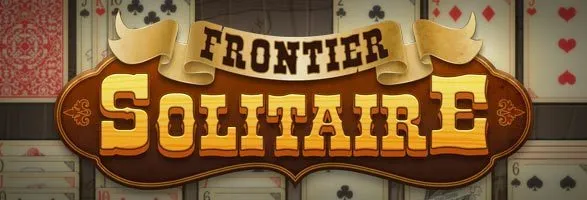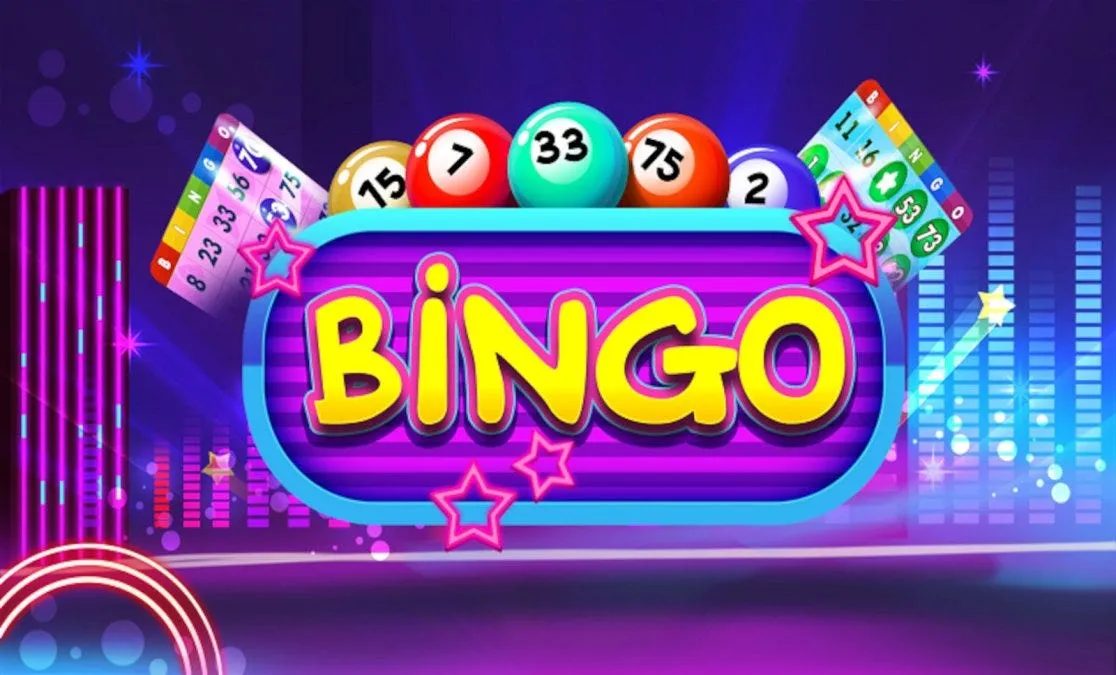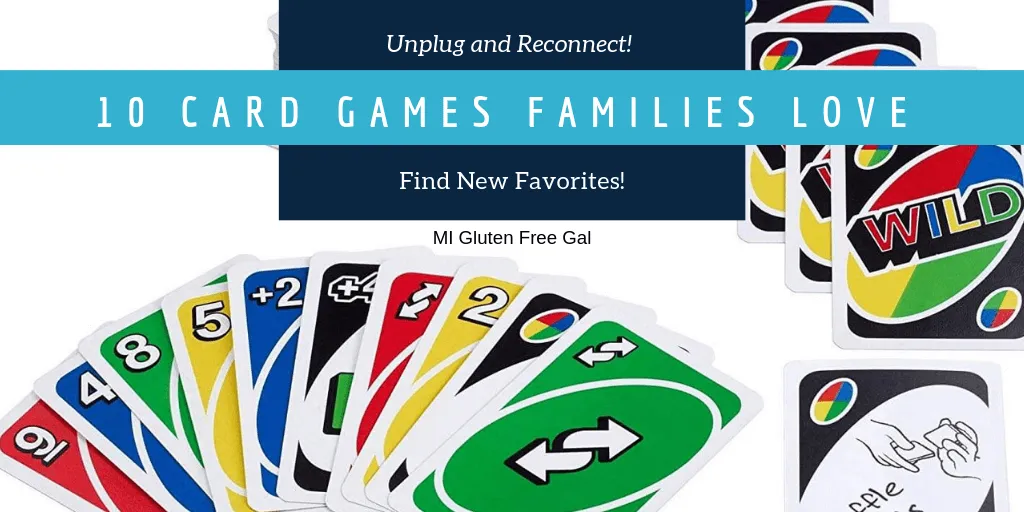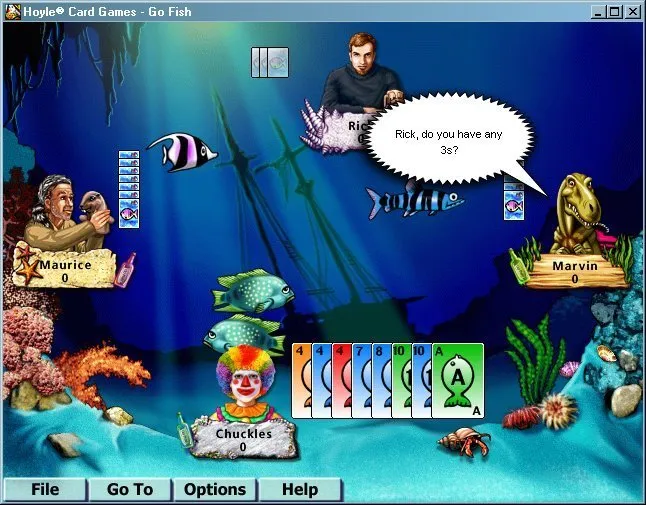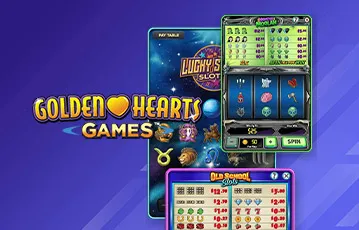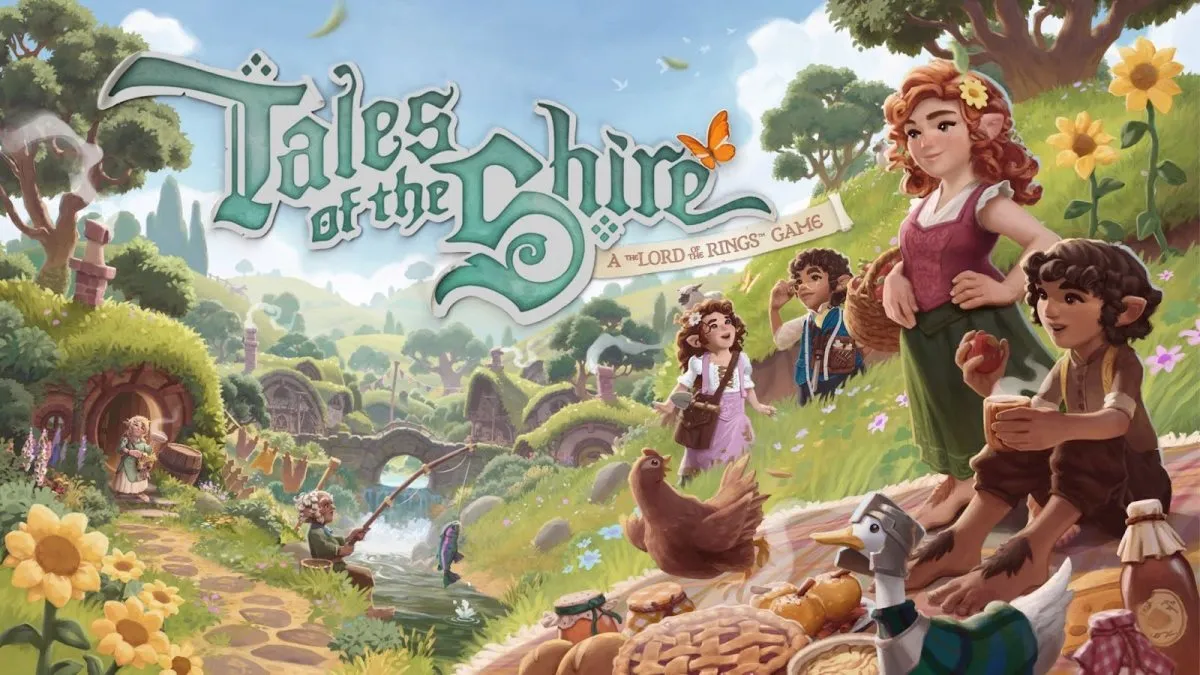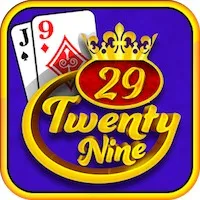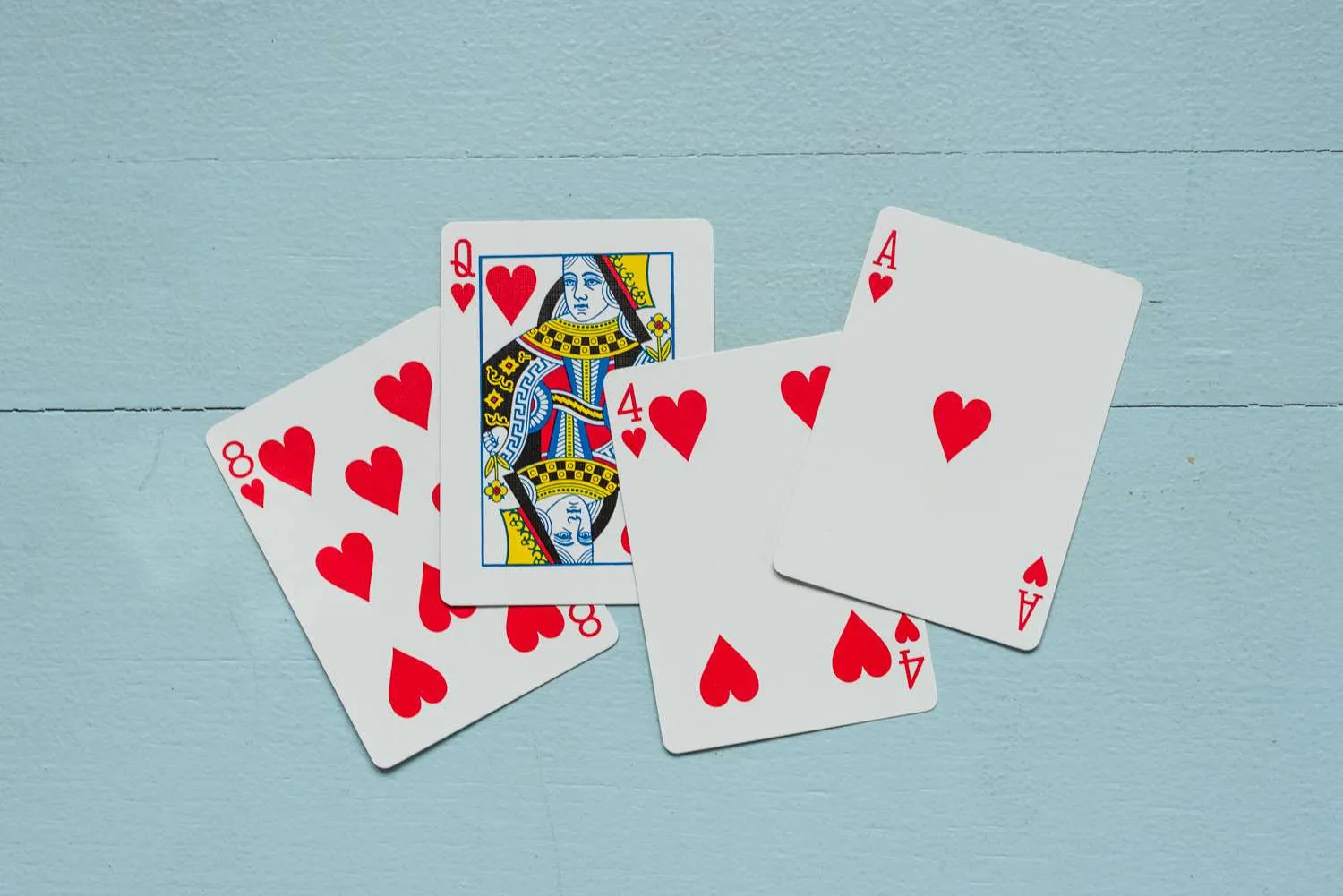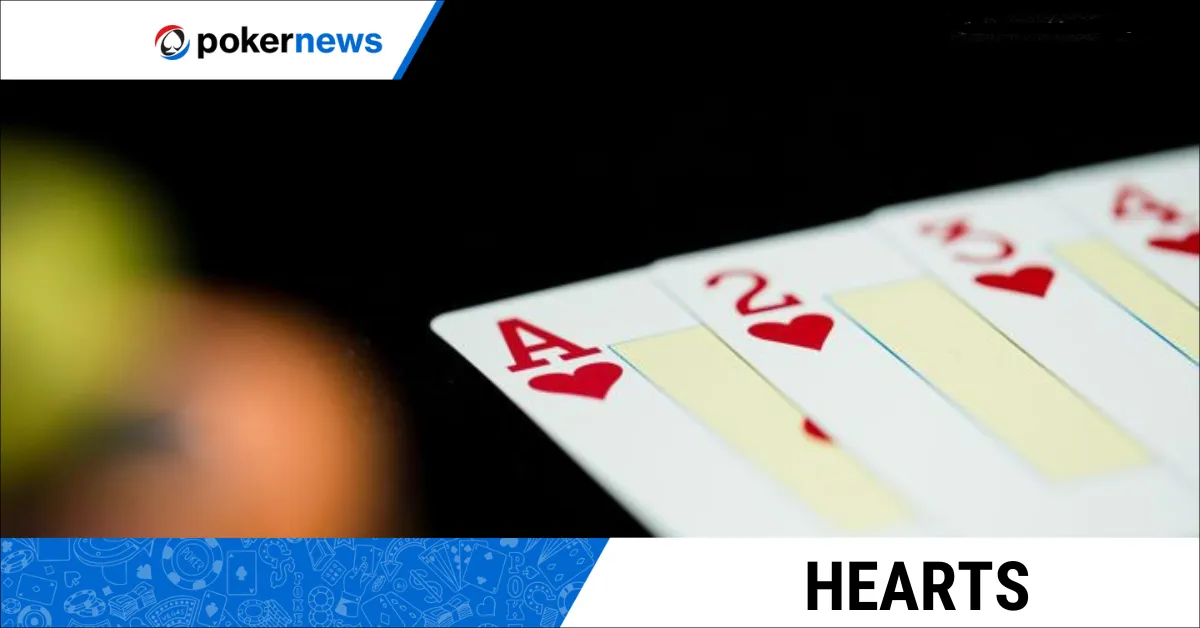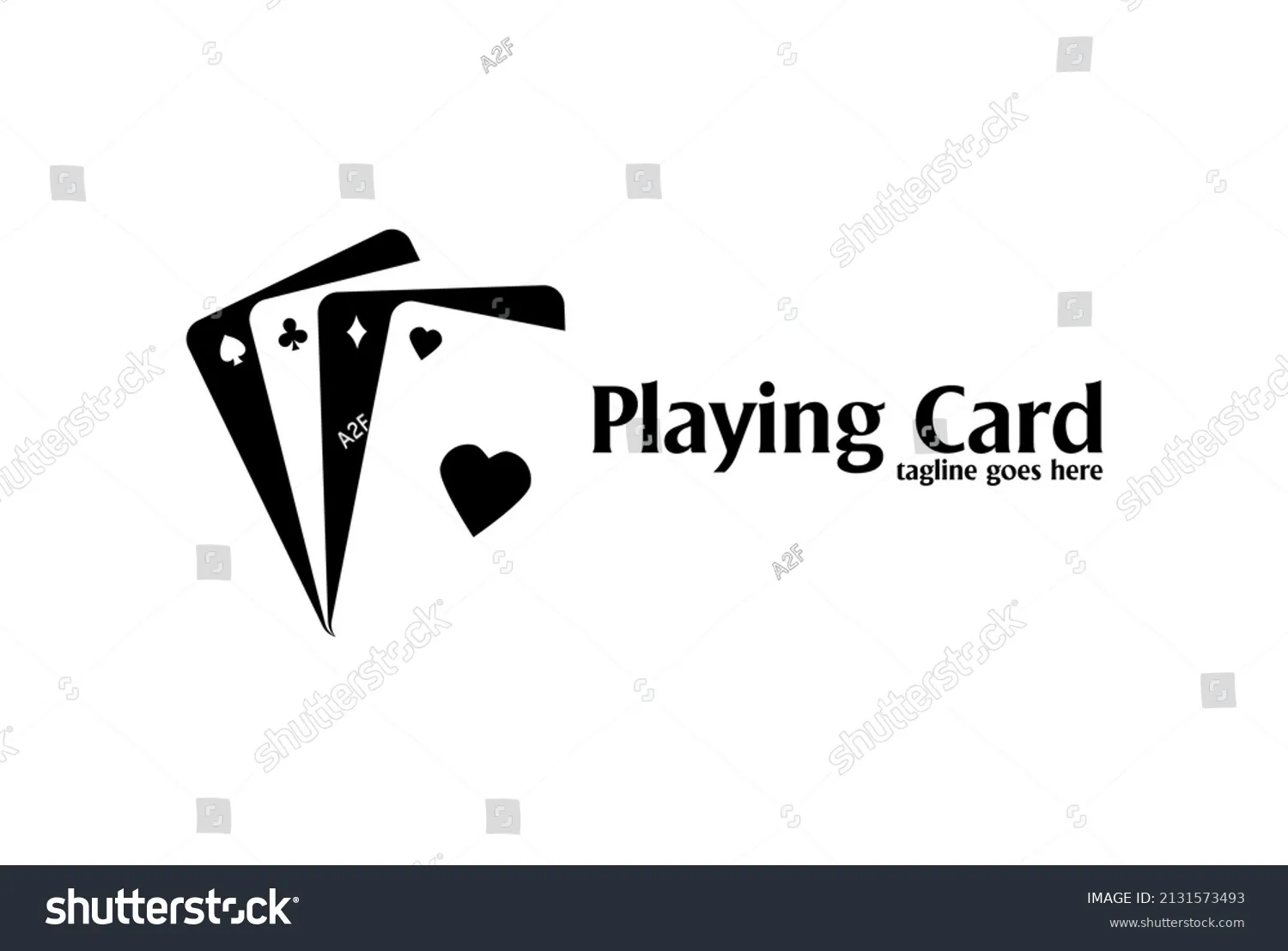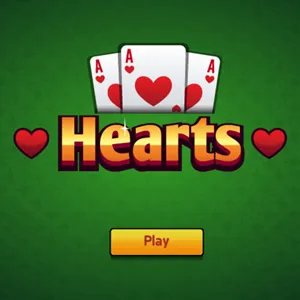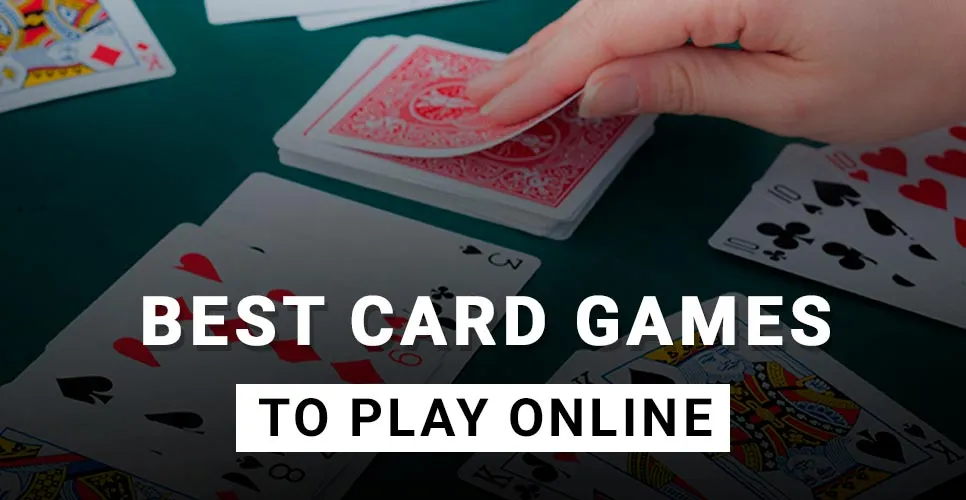Card Games/Hearts/Rules - Wikibooks open books for an open world
From Wikibooks, open books for an open world< Card Games | HeartsJump to navigationJump to search
Contents
- 1Object
- 2Game play
- 3Variants
- 3.1The Kitty and the First Trick
- 3.2Non-Heart Penalty Cards
- 3.3Spot Hearts
- 4More than Five Players: Double-Deck Variants
- 4.1Preparing and Dealing the Cards
- 4.2Passing Cards
- 4.3The Opening Lead
- 4.4Gameplay
- 4.5Scoring
- 5Cheating at Hearts
Object
edit | edit sourceThe object of the game is to receive as few hearts as possible and avoid the queen of Spades. The winner is the person with the lowest score when one player reaches a pre-determined score, usually 100. Every heart taken in a trick is one point. In addition, the queen of spades (also called the “Black Lady”) carries 13 points. In a common variation, the jack of diamonds subtracts ten points (although this is not a universal rule). However, if one player can succeed in getting all the cards that carry points - all the hearts plus the queen of spades – that player gets no points, and every other player gets 26 points. This is known as “running” or “shooting the moon”.
Game play
edit | edit sourceAll the cards are dealt out to each player evenly. In a four-player game, everyone gets thirteen cards. If playing with 3 players, the three of clubs is removed and everyone plays with a 51-card deck; when playing with five players, the three of diamonds and spades is discarded as well so everyone gets 10 cards. After a hand is dealt, but before the first trick is played, each player passes three cards to another player in the following order:
- Three players:
- Pass to the left
- Pass to the right
- “Hold hand” (do not pass)
- Four players:
- Pass to the left
- Pass to the right
- Pass across the table
- “Hold hand” (do not pass)
- Five players:
- Pass to the left
- Pass to the right
- Pass two places to the left
- Pass two places to the right
- “Hold hand” (do not pass) At which point, the cycle begins again. Whoever has the 2 of clubs leads the first “trick”, or round of play, by laying that card face up in the center of the table. The player to his left then follows by playing a card of the suit that was led (in this case, a club), if he has one. If he has none, he may play any other card (however, many tables forbid the playing of hearts or the queen of spades on the first trick, making it “safe”). Once each player has played a card, the player who laid the highest card of the suit led takes the trick and lays it aside, face down. (If there is a kitty, he takes one or all of the cards from it as well.) He then proceeds to lead the next trick with a card of his choice from his hand. However, no player can lead with a heart until “hearts have been broken,” i.e. until hearts have been played and taken in a previous trick. Play continues in this way until everyone’s hand has been exhausted. Everyone counts how many hearts/queen of spades they have collected, points are tallied accordingly, the deck is reshuffled, and the player to the left of the previous dealer deals a new hand. Usually, the game ends when one player’s score exceeds some predetermined limit such as 100 points.
Variants
edit | edit sourceHearts is a game with several variations, any of which can be combined to form a number of variants. To avoid disputes, the question of which of these rules are in effect should be decided before starting a game.
The Kitty and the First Trick
edit | edit sourceIf there aren’t four players, instead of removing cards from the deck as described above, there can instead be a “kitty” containing the remainder of the cards after the deal. These cards are taken with the first few tricks. At some tables, the first trick takes one card, and the second trick takes the next, until the kitty is exhausted. At others, the first trick takes all the cards in the kitty. Others play such that the first card is claimed by the winner of the first trick, but the second card is claimed by the winner of the last trick. In general, the first trick is mandated as “safe”; that is, no one can play score-altering cards on the first trick. However, this does not prevent the player who takes the first trick from taking (“eating”) a heart, or even the queen of spades, if he takes one from the kitty. Alternately, if there are three or five players, one or two Jokers can be added to the deck so there is no kitty. If five people are playing, a third joker from another deck can be used. Jokers in this game are usually played as valueless cards that always follow suit, but cannot win a trick and do not count as points even if they would technically count as a heart when played.
Non-Heart Penalty Cards
edit | edit sourceIn addition to hearts counting as points, the Queen of Spades, known as the Black Lady, is virtually always a penalty card, costing the player who wins the trick in which it is played 13 points. Thus there are 26 penalty points to be given out each hand, half of them on a single card. Optional, but still common, is to make the Jack of Diamonds a bonus card; the player winning the trick containing this card subtracts ten penalty points from their score. Another variant, “hooligan” hearts, assigns a value of +7 to 7♣.
Spot Hearts
edit | edit sourceThis is a somewhat-popular variant of the regular Hearts. All standard rules apply as usual, the only difference being that all hearts are now worth their number face value instead of one point apiece (Jack, Queen, King, and Ace of Hearts become 11, 12, 13, and 14 points apiece, respectively). The Queen of Spades is still valued at 13 points. Because the points are racked up much more quickly, generally this game is played to more than 100 points. Although gameplay is the same, the readjusted card values make passing and trick-taking strategy completely different. The Q♠ is no longer the most important card in the deck: players need to be equally aware of the higher hearts. As such, the K♠ and A♠ lose their importance. You need to be much more wary of other players short-suiting themselves and discarding hearts, as opposed to focusing on who has the Q♠.
More than Five Players: Double-Deck Variants
edit | edit sourceA six-player game with a single deck allows for only nine cards in hand, and uses two jokers to even the deck. Some groups choose instead to play with a double deck. This presents some unique challenges and situations that do not arise with a single deck.
Preparing and Dealing the Cards
edit | edit source| Players | Adjustments | Cards | Points | Hand Size | Down Cards | Opening | |—|—|—|—|—|—|—| | 6 “dirty” | (none) | 104 | 52 | 17 | 2 | 2♣ | | 6 “clean” | Remove one copy of 2♣ and 2♦. | 102 | 52 | 17 | 0 | 2♣ | | 7 | Add black joker as 0♣. | 105 | 52 | 15 | 0 | 0♣ | | 8 | (none) | 104 | 52 | 13 | 0 | 2♣ | | 9 | Remove one of each two (2♥2♣2♦2♠). | 100 | 51 | 11 | 1 | 2♣ | | 10 | Remove one of each two (2♥2♣2♦2♠). | 100 | 51 | 10 | 0 | 2♣ | In the six-player variant with two down cards in the kitty, the first card would be taken with the opening trick, and the second card would be taken with the final trick.
Passing Cards
edit | edit sourcePass rotations extend the scheme used in smaller games. Begin by passing to the player immediately to the left, then the right. Follow by passing two spaces to the left and right, then three spaces, then four, and so on, until each player has passed to each other player once. The final hand in the rotation is the “hold hand” in which no one passes.
The Opening Lead
edit | edit sourceWhen there are two copies of 2♣, the search for the leading copy of the card begins to the left of the dealer, and proceeds around the table until the first copy is found and led. If all copies of 2♣ are in the kitty, then the search repeats, but for 3♣ instead. In a seven-player game, the joker, treated as 0♣, replaces 2♣ as the opening lead.
Gameplay
edit | edit sourceThere are two variants of multi-deck hearts, based on two different strategies for resolving conflicts between two copies of the same card.
- First Come, First Served. The first copy of a card played in a trick ranks higher than the second copy. Example:Alice, Bob, Carol, Dave, Eve, and Frank are in a six-player game. Alice leads with 7♦. Bob plays K♦. Carol and Dave are void in diamonds and slough other cards. Eve plays another K♦. Frank plays 9♦. Bob takes the trick, because he played the first copy of K♦.
- Cancellation Hearts. If the two copies of the same card are played in a trick, then neither card counts, and the highest remaining card takes the trick. If any cancelled cards are worth points, then those points still count. If all cards are cancelled, then the previous leader leads again, and the winner of that subsequent trick takes all the cards from both tricks.
- Example 1:Consider the previous example. In Cancellation Hearts, Frank wins the trick with 9♦, because both copies of K♦ drop out, and his 9♦ is the highest remaining card in the suit that was led.
- Example 2:Alice leads 7♠. Bob plays J♠. Carol has only Q♠ remaining and is forced to play it. Dave plays 8♠. Eve also has a Q♠ and plays it to cancel Carol’s. Frank plays 10♠. With both queens cancelled, Bob’s J♠ is the highest-ranking spade remaining, so he takes the trick, and +26 points.
- Example 3:Alice leads 4♥. Bob plays 3♥. Carol and Dave are void, and slough cards from other suits. Eve plays the other 4♥, and Frank plays the other 3♥. All cards in the led suit are cancelled. Alice leads again with 5♥. Bob plays 2♥. Carol and Dave are still void; Dave sloughs Q♠. Eve plays another 5♥. Frank is now void. With both copies of 5♥ cancelled, the only remaining heart on the trick is Bob’s 2♥. He takes the trick, the +4 penalty from the previous trick, and the +16 penalty from this trick.
Scoring
edit | edit sourceBecause each hand contains 51 or 52 points instead of 26, and having a “bad hand” can give you over 50 penalty points, some tables choose to play double-deck games to 200 rather than 100. This also means that the variant rules that give bonus points for “even scores” (+50 or +100, and by extension, +150) have additional significance. A player who shoots the moon in double-deck games may add +52 to all other players, or take a -52 bonus. Some tables also allow a “half moon” variant in which the shooter takes -26 and all other players take +26.
Cheating at Hearts
edit | edit sourceIt is not easy to cheat at hearts due to the common practice of dealing each card one at a time. However there are a few main methods, the first being to look at the cards that are passed to you before you discard your cards. The second is to shuffle low hearts to the top of the pack and then deal them to yourself. You should be wary of anyone who collects low hearts at the end of a round or who shuffles so that they can see the faces of the cards. Lastly, you may not look at or revisit any discarded cards that have already been played. It is not fair to cheat, though, and it is very hard to cheat, so most people just play fair. Retrieved from “https://en.wikibooks.org/w/index.php?title=Card_Games/Hearts/Rules&oldid=4223024"Category: - Book:Card Games edit | edit sourceedit | edit sourceedit | edit sourceedit | edit sourceedit | edit sourceedit | edit sourceedit | edit sourceedit | edit sourceedit | edit sourceedit | edit sourceedit | edit sourceedit | edit sourceedit | edit source
Search
This site only collects related articles. Viewing the original, please copy and open the following link:Card Games/Hearts/Rules - Wikibooks open books for an open world









